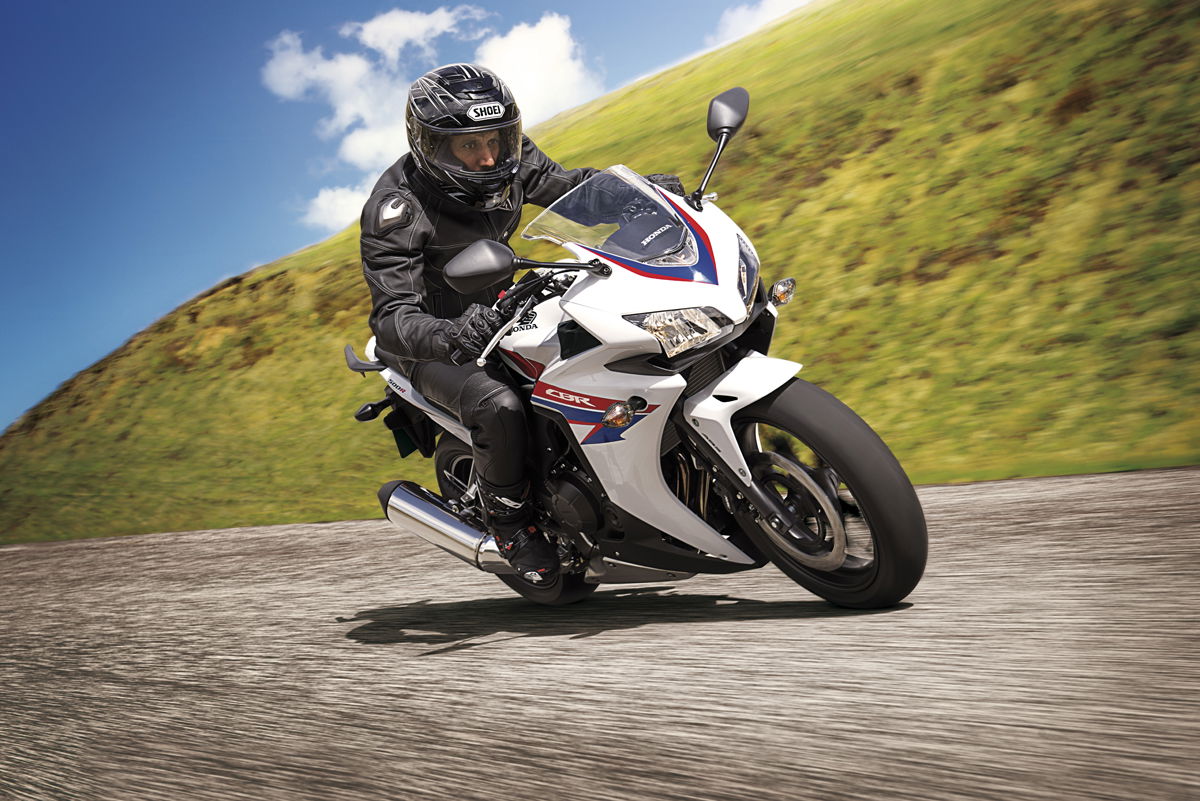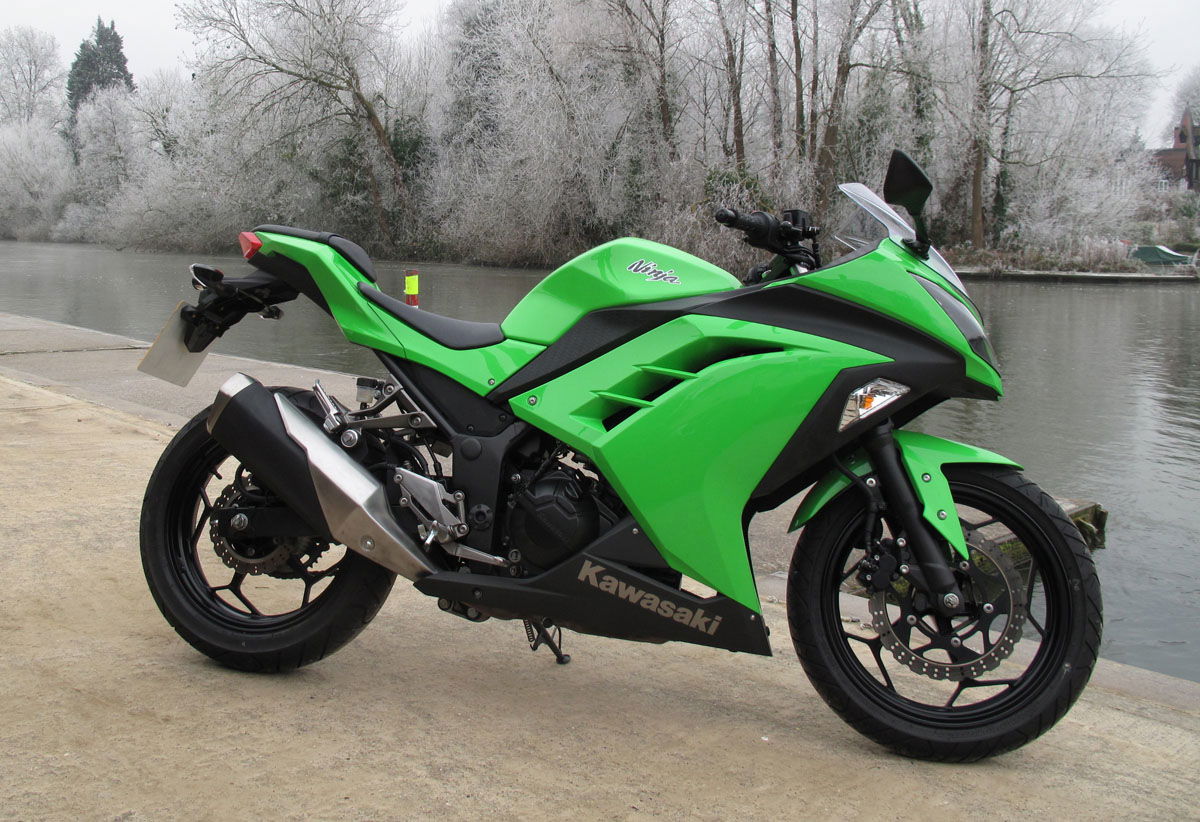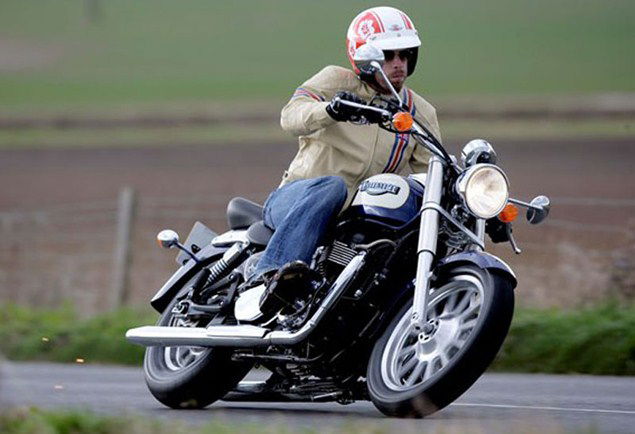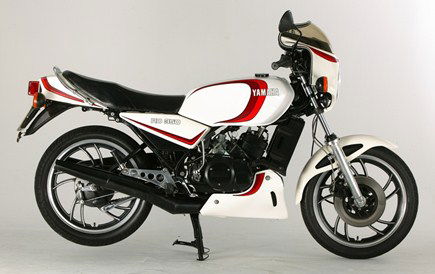The A2 licence: What you can and can't restrict
Shiny new licence in hand… Now what can you ride?


WHILE it’s been a long time coming the new European licence categories – particularly the A2 level that’s set to encompass a large chunk of new riders for at least two years of their riding lives – seems to have caught manufacturers on the hop.
While some, notably Honda with the CB500 range, have embraced A2, there hasn’t been the splurge of new A2-capable bikes that some expected. There are two reasons for that. First, most manufacturers already have bikes that, while not instantly A2-legal, can be restricted to be used by A2 licence holder. Second, manufacturers are very aware that even though a huge number of new riders will have to use A2 bikes, a big proportion of them will be looking to the used market instead of being potential new bike customers at this stage.
The result, though, is that while the A2 rules are pretty clear, things become murky when it comes to actually working out what bikes can or can’t be restricted to fit into the class.
For the test itself, the DFT has released a list of bikes it will allow you to ride (here: http://www.dft.gov.uk/motorcycle-test-vehicle-list/) but most riders are likely to pass on a training school machine before hitting the market, and it’s by no means a complete list of all A2-legal machines out there.
When it comes to deciding what to use, you need to know the basic rules. They are that an A2 bike can’t have more than 35kW – that’s 47bhp – and it can’t have a power-to-weight ratio of more than 0.2kW-per-kg. So forget those ideas of a featherweight GP3-bike-for-the-road – if a bike makes the full 35kW, it needs to weigh at least 175kg.
However, restricted bikes are allowed provided they didn’t make more than twice the 35kW limit in their original form. That means stuff with 95bhp or more as standard is ineligible for restriction, however little power you eventually intend to restrict them too.
A bit of maths comes in handy now. First, since we tend to refer to horsepower instead of kW, you need to remember that 1bhp is 746 Watts. That’s 0.746kW. So to work out what a bike’s power is in kW, multiply the horsepower by 0.746. If the result is less than 35 (and as long as the bike makes less than 47bhp, it will be), you’ve got the makings of an A2-class machine.
Now you need to check the power-to-weight. Divide your prospective purchase’s power figure (in kW) by 0.2. The resulting number needs to be less than the bike’s kerb weight – that’s how much it weighs ready-to-run but without a rider or any luggage on board. If you’ve got 35kW it needs to be at least 175kg, but lighter machines can also be A2-legal provided their power drops to keep the power-to-weight ratio right. Want to ride a 140kg Suzuki RGV250? That’s fine, but it will need to make no more than 28kW – 37.5bhp – to be A2-legal. Work out the the maximum possible power of a sub-175kg bike by taking the bike’s weight (wet, unladen or kerb, not ‘dry’), and then multiplying it by 0.2. The result is the maximum power in kW. Divide that figure by 0.746 to turn it into horsepower.
Got it? Right…
When it comes to actually restricting a bike, there are already plenty of workshops with experience, since the last set of licence laws forced many people to restrict their bikes to 33bhp. Normally, if there’s no manufacturer’s kit available, the workshop will limit the maximum throttle opening or fit an air-restrictor, either using data they already have or even by putting your bike on a dyno and tweaking the power down. Although many people make reference to a ‘restriction certificate’ to prove that the bike has been detuned, the only reference that the DSA makes to anything like that is if you’re taking the bike to use it for your A2 test. Then, if it’s a restricted bike, they ask you to bring ‘proof of the restriction’ saying it must be ‘on headed notepaper from a main dealer, official importer or recognised specialist, and must show the motorcycle’s registration number.’
They also note that “a dyno test certificate will not be accepted as proof of the restriction.”
Although there’s no specific rule mentioning it, we’d suggest that if you’ve got a restricted bike, it’s going to be worth having a document like that, proving it’s restricted, in case you get pulled over by police at any time. Insurers don’t require it, but of course if you’re riding an unrestricted or otherwise non-A2 bike on an A2 licence, you won’t be covered and you’ll be breaking the law into the bargain.
These might come in handy
The A2 motorcycle licence explained
How much does an A2 motorcycle licence cost?
List of every A2-ready motorcycle



